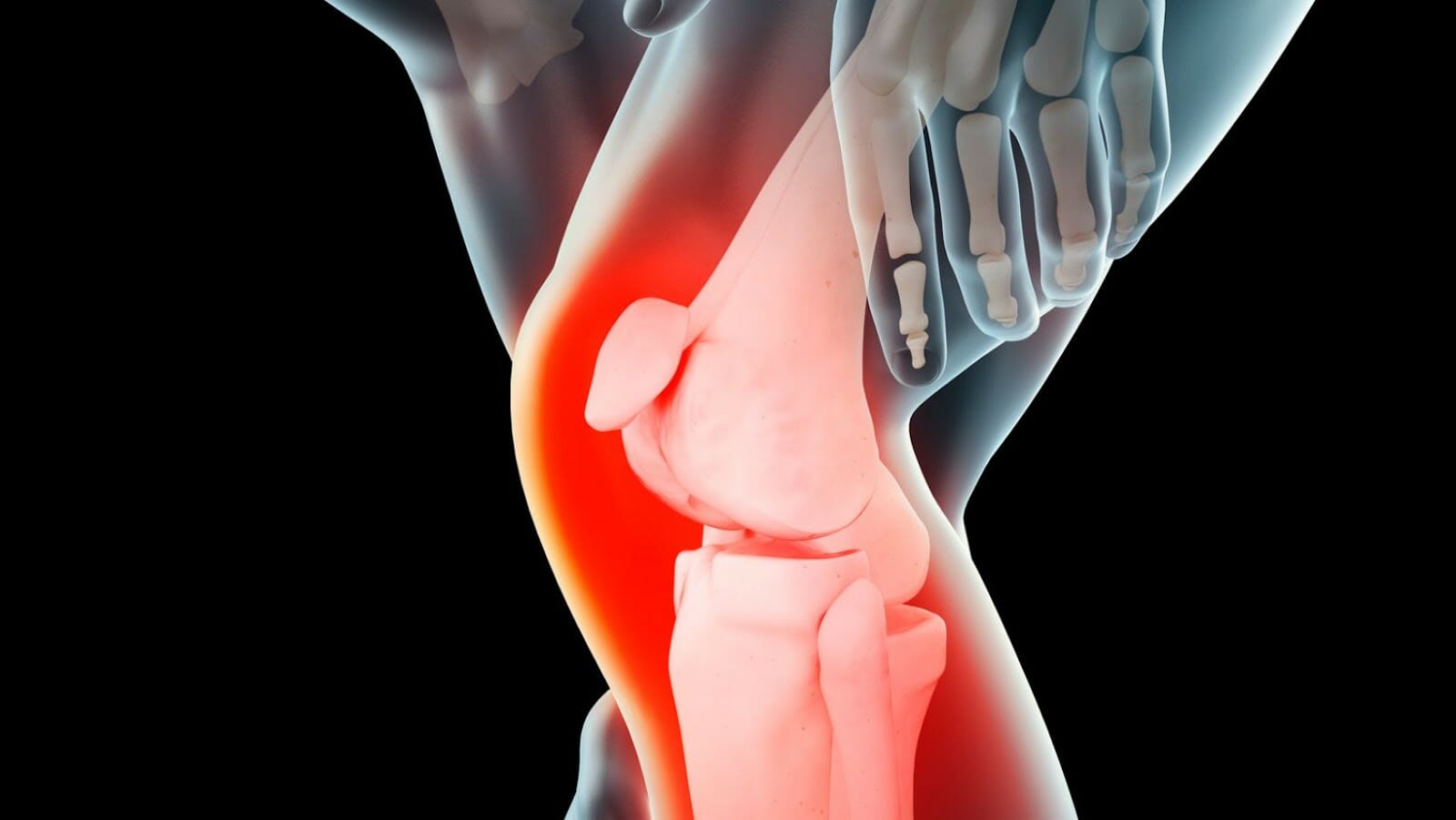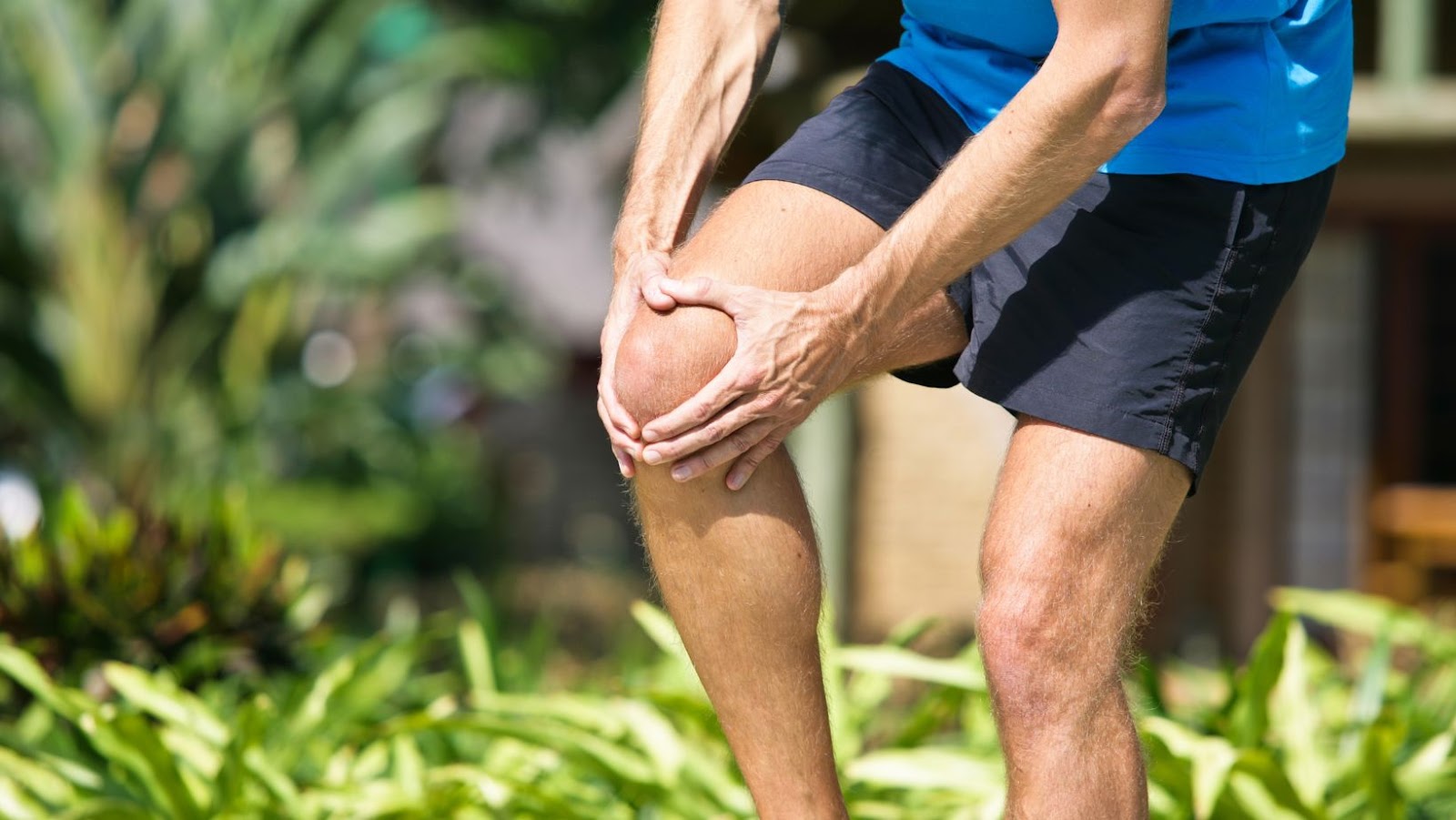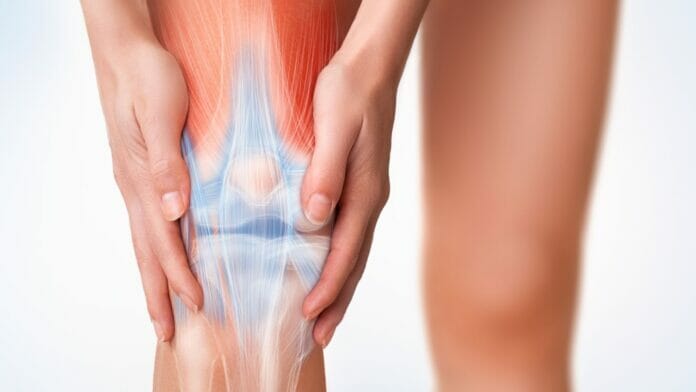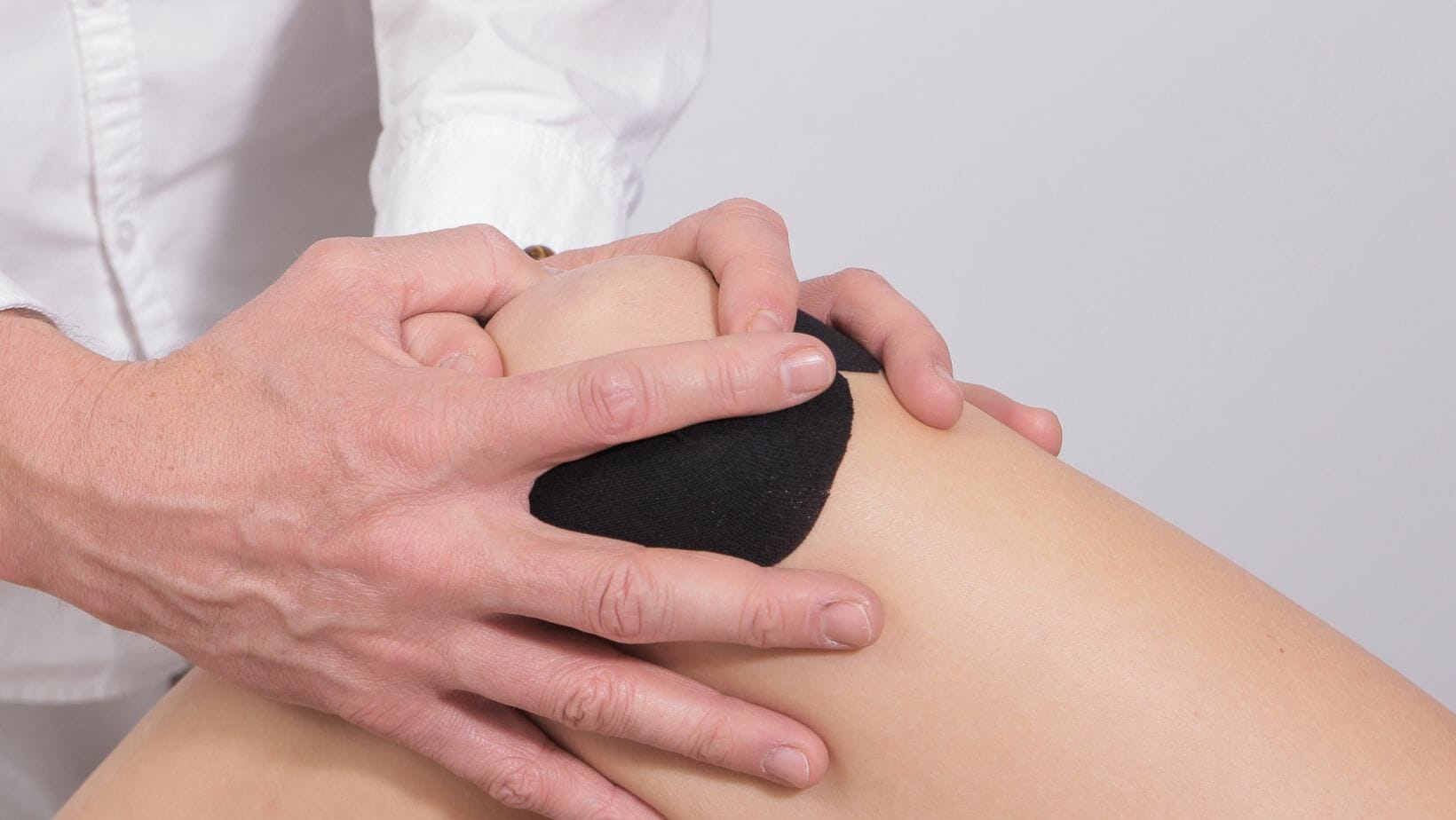Knee pain can be a debilitating condition, but there are many home remedies and self-care options that can minimise the pain and help you feel better.
Here are some effective remedies you can try:
Rest and elevate your leg to reduce swelling and inflammation.
Apply ice to your knee to manage pain and swelling.
Gentle exercise, such as walking or biking, can help reduce knee pain and prevent stiffness.
Stretching exercises can promote flexibility and improve joint mobility.
Maintain a healthy weight to avoid putting excess pressure on your knee joints.
Use over-the-counter pain medications, such as ibuprofen or acetaminophen, as directed.
If these remedies do not provide relief, it is essential to consult a doctor or a physical therapist for more comprehensive care.
Pro Tip: Avoid high-impact activities and sports that put strain on your knee joint.
Understanding Knee Pain
Knee pain can be caused by a variety of medical conditions, injuries, or even ageing. It can range from a mild nuisance to debilitating pain. It is important to understand your knee pain in order to find the correct treatment or home remedy.
In this article, we will discuss the common causes of knee pain, how to relieve it, and what home remedies might be available.
Causes of Knee Pain
Knee pain can be caused by a variety of factors, ranging from injuries to medical conditions. Here are some common causes of knee pain:
Osteoarthritis: This is a degenerative joint disease that causes the breakdown of cartilage, leading to knee pain and stiffness.
Tendinitis: This is an inflammation of the tendons that connect the muscles to the bones around the knee joint. It can be caused by overuse or injury.
Bursitis: This is an inflammation of the bursae, small fluid-filled sacs that cushion the knee joint. It can be caused by overuse or injury.
Meniscus tear: This is a common injury that occurs when the meniscus, the cartilage that cushions the knee joint, is torn.
Strain or sprain: This can occur when the knee is twisted, bent, or stretched in an unnatural way, leading to pain, swelling, and stiffness. To prevent knee pain or injury, it’s important to maintain a healthy weight, exercise regularly to strengthen the muscles around the knee joint, and wear proper footwear for your activities.
Pro Tip: If you experience persistent knee pain, seek medical attention to diagnose and treat the underlying cause.
Wellhealthorganic.com:Wellhealthorganic.com:Best-Home-Remedies-to-Get-Relief-From-Knee-Pain
Knee pain can manifest in several different ways, each type indicating a different cause and requiring tailored treatment.
Here are the different types of knee pain:
Acute Knee Pain: Acute knee pain develops suddenly and is often caused by a direct impact, injury, or trauma to the knee. This type of knee pain must be treated promptly to prevent further damage or long-term complications.
Chronic Knee Pain: Chronic knee pain develops slowly and over time, lasting for more than several weeks or months. This type of knee pain is often caused by overuse, arthritis, or other chronic medical conditions.
Referred Knee Pain: Referred knee pain is referred from other parts of the body such as the hips, lower back, or feet. This type of pain is often felt on the outside of the knee and requires a medical diagnosis for accurate treatment.
Self-Care and Home Remedies: For mild to moderate knee pain, self-care and home remedies can be helpful in reducing inflammation and alleviating pain. Rest, ice therapy, compression, elevation, and over-the-counter pain relievers are some effective treatments to ease knee pain at home.
Symptoms of Knee Pain
Knee pain can be due to various reasons, including arthritis, injuries or general wear and tear, and it is important to understand the symptoms to identify the underlying cause for effective treatment.
Some of the common symptoms of knee pain include:
1. Swelling and stiffness of the knee joint
2. Pain and discomfort that can range from mild to severe
3. Limited range of motion and difficulty in moving the knee
4. Popping or crackling sounds while moving the knee
5. Redness and warmth around the knee joint
As soon as any of these symptoms are experienced, it is important to seek medical attention and consult a doctor. In the meantime, home remedies like ice application, rest and proper exercise are beneficial for quick relief of knee pain.
Pro Tip: Practice good posture and exercise regularly to minimise the risk of knee pain.
Home Remedies for Knee Pain
Knee pain can be difficult to cope with, but there are many home remedies and self-care techniques you can use to reduce discomfort.
Here we will discuss different home remedies for knee pain and how to incorporate self-care into your daily routine to alleviate the discomfort.
Resting, Icing, and Elevating the Injured Knee
Resting, icing, and elevating the injured knee are essential home remedies for reducing knee pain and aiding in the healing process.
Resting: Resting the knee allows the injured area to recover without aggravating it further. It is recommended to avoid activities that require bending or putting too much pressure on the knee.
Icing: Icing the knee helps reduce swelling and inflammation while numbing the pain. Apply an ice pack to the affected area for 15-20 minutes every couple of hours.
Elevating: Elevating the knee helps reduce swelling and fluid buildup by allowing gravity to encourage proper drainage. Prop up your injured knee on a cushion or pillow so that it remains above the level of the heart whenever possible.
These remedies are intended for minor knee injuries or pain, and if symptoms persist or worsen, it is wise to seek professional medical attention.
Pro Tip: After icing the knee, gently massage the area to reduce stiffness and promote blood flow.
Doing Low Impact Exercises to Strengthen the Knee
Doing low-impact exercises can be beneficial for individuals with knee pain as it can strengthen the muscles around the knee joint and reduce stress on the joint.
Here are some low impact exercises that can be helpful:
1. Stationary cycling: This exercise is great for strengthening the quadriceps muscles without putting stress on the knee joint. It is also a great cardiovascular workout.
2. Water aerobics: Exercising in water reduces the impact on the joints while providing resistance training to the muscles. This helps to improve muscle strength and joint stability.
3. Wall squats: This exercise helps to strengthen the thigh muscles while not putting a lot of stress on the knees.
4. Tai Chi: This low-impact exercise is gentle and helps with balance, flexibility, and improves leg strength.
Remember to consult your doctor or physical therapist before starting any new exercise routine, especially if you have knee pain.
Pro Tip: To further reduce stress on the knees, wear comfortable shoes and avoid high impact activities like running and jumping.
Using Heat Therapy to Ease Knee Pain
Heat therapy is an effective and natural way to ease knee pain and discomfort caused by arthritis or injury. Here are some steps to use heat therapy to alleviate knee pain:
Apply a heating pad, warm towel or a hot water bottle to your knee.
Keep the heat at a comfortable and warm temperature (not too hot).
Leave the heat therapy on your knee for up to 20 minutes at a time, and repeat the process 2-3 times a day.
You can also try taking a warm bath or shower to help reduce knee pain.
Pro Tip: Avoid using heat therapy on swollen or inflamed knees, instead, try using ice therapy for 20 minutes at a time to reduce inflammation and swelling. If your knee pain persists or gets worse, seek medical attention from a doctor or physical therapist to develop a comprehensive treatment plan.
Self-Care for Knee Pain
Knee pain can be incredibly frustrating, affecting both daily activities and quality of life. But there are ways to reduce your knee pain and stay as active as possible. Self-care is a great way to start managing knee pain.
In this article, we will take a look at some of the most effective home remedies and self-care tips you can use to manage your knee pain.
Maintaining a Healthy Weight
Maintaining a healthy weight is crucial for managing knee pain and preventing further damage to your joints. Excess weight puts added pressure on your knees and can make the pain worse.
Here are some tips for achieving and maintaining a healthy weight:
1. Eat a balanced and nutritious diet that is rich in fruits, vegetables, lean protein, and whole grains.
2. Stay hydrated by drinking plenty of water and avoiding sugary drinks.
3. Practice portion control and avoid overeating.
4. Engage in regular physical activity, such as walking, swimming, or cycling, to burn calories and strengthen your muscles.
By maintaining a healthy weight, you can reduce the strain on your knees and avoid exacerbating knee pain.

Choosing Proper Footwear to Support the Knee
Wearing the right type of footwear is crucial in supporting your knees and reducing knee pain. Here’s what you need to look for when choosing proper footwear:
Arch support: Look for shoes with good arch support to provide stability and balance to your feet and knees.
Cushioning: Shoes with adequate cushioning can absorb impact and shock, reducing stress and pressure on your knees.
Non-slip soles: Opt for shoes with non-slip soles to prevent slippage and falls, which can injure your knees.
Proper fit: Make sure your shoes fit well and offer ample space for your toes to move. Ill-fitting shoes can cause misalignment and instability in your knees.
Pro Tip: Replace your shoes regularly to ensure they offer optimal support and cushioning. Old, worn-out shoes can no longer provide adequate protection to your knees.
Using Assistive Devices to Reduce Knee Pain
Utilising assistive devices can significantly alleviate knee pain for individuals with knee injuries or conditions. Here are some popular assistive devices:
1) Knee brace: Wearing a knee brace can help provide support and stabilise the knee joint. There are different types of knee braces available, such as hinged knee brace, neoprene knee brace, and knee sleeve.
2) Knee sleeves: Knee sleeves are made of stretchy materials and provide compression around the knee area, which helps reduce swelling and inflammation.
3) Canes: If you experience occasional knee pain, using a cane can help decrease pressure on the affected knee by redistributing your body weight.
4) Crutches: For individuals with severe knee pain, using crutches can help transfer weight off of their affected knee while they move.
Using assistive devices for knee pain is just one aspect of self-care. It is crucial to consult a medical professional for a proper diagnosis and treatment plan for any knee condition or injury.
When to Seek Medical Help
If you experience knee pain that lasts longer than the expected amount of time, or if your symptoms are getting worse, then it’s time to seek medical help. This could be an indication that you have an injury or a more serious health condition.
In this section, we’ll discuss when to seek professional medical help for knee pain, and when home remedies and self-care may not be enough.
Signs that Knee Pain is Serious
Knee pain is a common ailment that affects people of all ages. While most cases of knee pain can be treated with self-care and home remedies, there are certain signs that indicate that knee pain is serious and requires medical attention.
Here are some signs to look out for:
- Intense and persistent pain that lingers for several days, even after rest and medication.
- Redness, swelling, and tenderness in the knee.
- Deformity or a visible lump on or around the knee joint.
- Difficulty walking or bearing weight on the affected knee.
If you experience any of the above symptoms, it’s important to seek medical help immediately. Delaying treatment can lead to complications and permanent damage to the knee joint. In the meantime, you can alleviate the pain with home remedies and self-care techniques like rest, ice therapy, and gentle exercises.
Pro Tip: Consult a doctor before starting any new exercise regime for knee pain relief.
Diagnosing Knee Pain
Experiencing knee pain can be detrimental to your daily routine, making it difficult to walk, sit, or even sleep. It is crucial to diagnose the underlying causes of your knee pain to determine whether or not you need medical help.
Here are some common causes of knee pain that require medical attention:
- Fractures or any injury that disrupts the bones in your knee
- ACL injuries, meniscus tears or any other injury to the ligaments and tendons surrounding the knee
- Infections or arthritis
If your knee pain is a result of a minor injury or strain, there are several self-care remedies that you can try at home to alleviate the pain:
- Rest and reduce weight-bearing activities
- Apply ice to the affected area for 15-20 minutes, several times a day for a few days
- Compress your knee using an elastic bandage
- Elevate your leg while sitting or lying down to reduce swelling and discomfort.
If the pain persists despite trying these remedies, it is necessary to seek medical help. Early medical intervention can prevent further damage or complications.

Medical Treatments for Knee Pain
Knee pain is a common issue that can greatly impact mobility and quality of life. While home remedies and self-care can help alleviate mild knee pain, medical treatments may be necessary in more severe cases.
Here are some medical treatments that can help manage knee pain:
Physical therapy: This can help alleviate knee pain and restore mobility through exercises and stretches.
Medications: Over the counter pain relievers such as acetaminophen or ibuprofen can help alleviate pain and reduce inflammation. Stronger medications may be prescribed in more severe cases.
Injections: Corticosteroid injections can help alleviate knee pain and reduce inflammation for several months.
Surgery: In some cases, knee pain may require surgical intervention, such as knee replacement surgery or arthroscopic surgery.
It is important to seek medical help if knee pain is severe, lasts for an extended period, or is accompanied by other symptoms such as swelling or fever.



